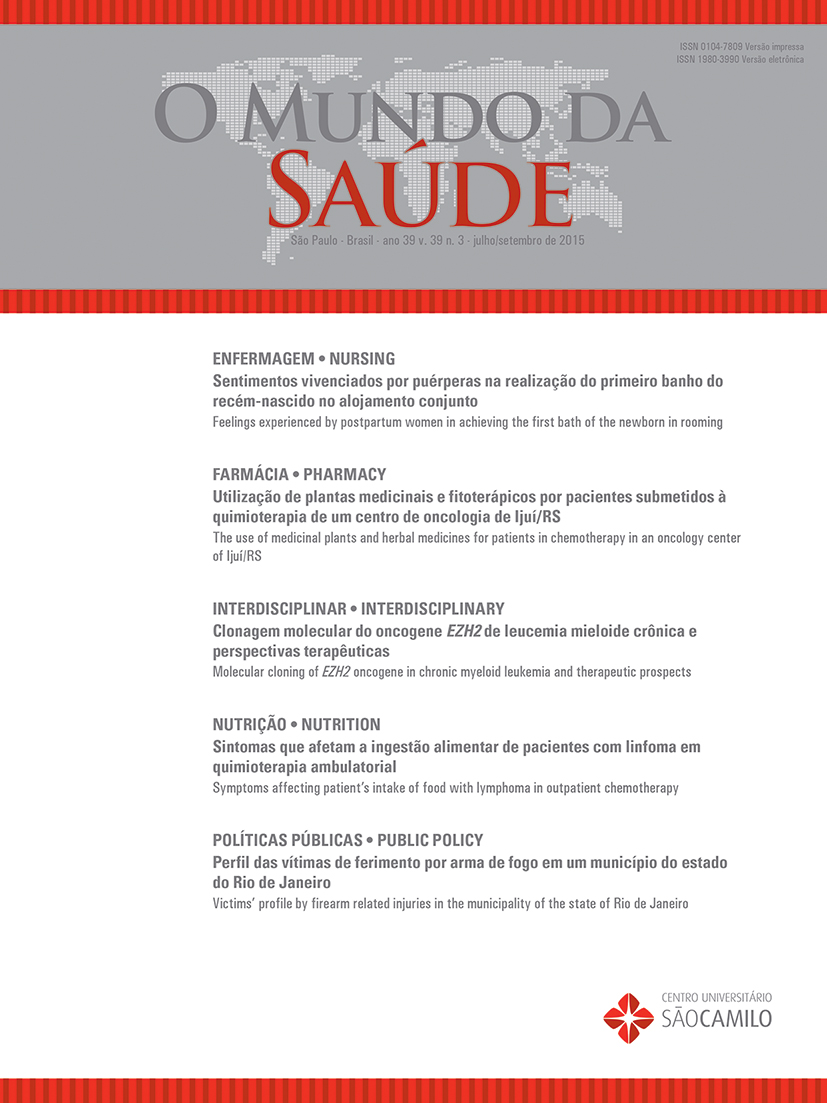Meals in children’s education units: planning, production process, distribution and adequacy of the main meal
DOI:
https://doi.org/10.15343/0104-7809.20153903333344Keywords:
School Meals, Children’s Education, Menu Planning, Food Wastage, Nutritional RecommendationsAbstract
The aim of this study was to evaluate the planning, production process, distribution and nutritional adequacy of the main meal offered
in children’s education units in the municipality of Belo Horizonte, Minas Gerais, Brazil, in relation to the current national legislation.
This was a descriptive cross-sectional study conducted between July 2012 and July 2013, on a representative sample (n = 73) of
children’s education units in nine healthcare districts in Belo Horizonte. It was investigated whether the production and nutritional
adequacy indexes were consonant with the guidelines of the National School Meals Program (PNAE), by means of direct weighing
of five menus for the main meal that were gathered randomly. It was observed that 78.4% of the menus produced had undergone
changes, in comparison with what had been planned. High rates of remnant food (7.08%) and combined production and distribution
leftovers (8.55%) were seen. Nutritional inadequacies were found in the menus planned by the municipality and produced in the
units, since most of them did not attain the reference values established by the PNAE. In addition, correlations between the quantity
produced and the portion consumed by the students (r = 0.198; p < 0.001), the percentage of clean leftovers (r = 0.267; p < 0.001)
and the percentage of dirty leftovers (r = -0.255; p < 0.001) were identified. Furthermore, a correlation between the percentage of
clean leftovers and the percentage of food remnants was seen (r = -0.254; p < 0.001). Therefore, a requirement for restructuring
of the menus planned by the municipality and for ensuring that these will be implemented by the children’s education units was
identified, accompanied by the need for educational actions that would promote healthy eating and reduction of the wastage rates.






























